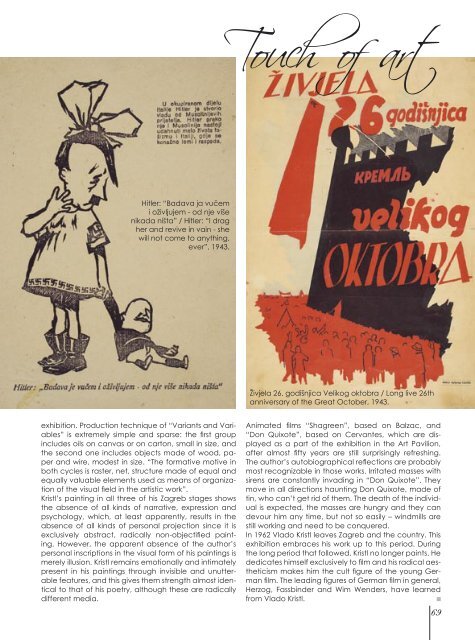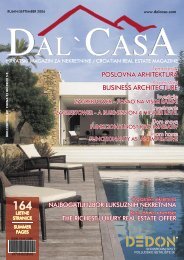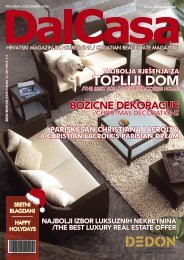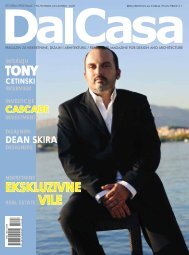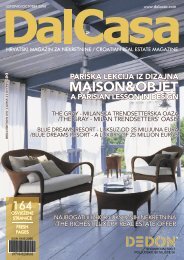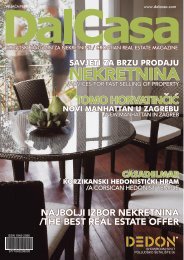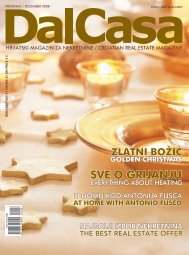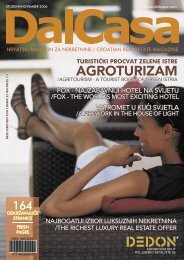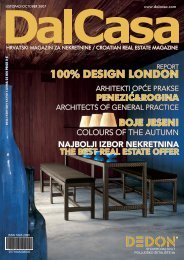Create successful ePaper yourself
Turn your PDF publications into a flip-book with our unique Google optimized e-Paper software.
Touch of artHitler: “Badava ja vučemi oživljujem - od nje višenikada ništa” / Hitler: “I dragher and revive in vain - shewill not come to anything,ever”, 1943.Živjela 26. godišnjica Velikog oktobra / Long live 26thanniversary of the Great October, 1943.exhibition. Production technique of “Variants and Variables”is extremely simple and sparse: the first groupincludes oils on canvas or on carton, small in size, andthe second one includes objects made of wood, paperand wire, modest in size. “The formative motive inboth cycles is raster, net, structure made of equal andequally valuable elements used as means of organizationof the visual field in the artistic work”.Kristl’s painting in all three of his Zagreb stages showsthe absence of all kinds of narrative, expression andpsychology, which, at least apparently, results in theabsence of all kinds of personal projection since it isexclusively abstract, radically non-objectified painting.However, the apparent absence of the author’spersonal inscriptions in the visual form of his paintings ismerely illusion. Kristl remains emotionally and intimatelypresent in his paintings through invisible and unutterablefeatures, and this gives them strength almost identicalto that of his poetry, although these are radicallydifferent media.Animated films “Shagreen”, based on Balzac, and“Don Quixote”, based on Cervantes, which are displayedas a part of the exhibition in the Art Pavilion,after almost fifty years are still surprisingly refreshing.The author’s autobiographical reflections are probablymost recognizable in those works. Irritated masses withsirens are constantly invading in “Don Quixote”. Theymove in all directions haunting Don Quixote, made oftin, who can’t get rid of them. The death of the individualis expected, the masses are hungry and they candevour him any time, but not so easily – windmills arestill working and need to be conquered.In 1962 Vlado Kristl leaves Zagreb and the country. Thisexhibition embraces his work up to this period. Duringthe long period that followed, Kristl no longer paints. Hededicates himself exclusively to film and his radical aestheticismmakes him the cult figure of the young Germanfilm. The leading figures of German film in general,Herzog, Fassbinder and Wim Wenders, have learnedfrom Vlado Kristl.69


